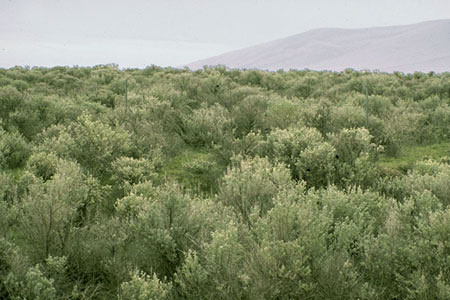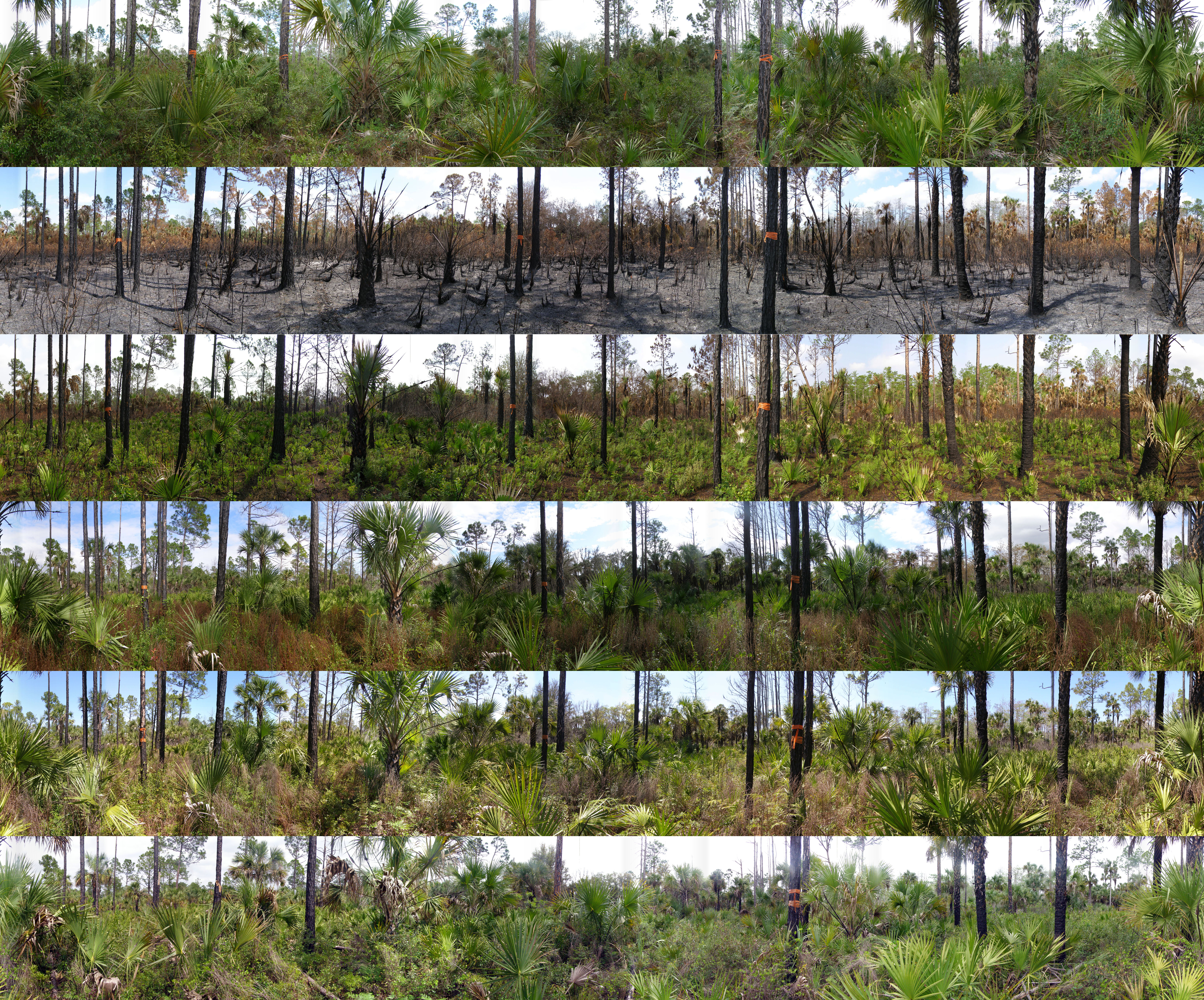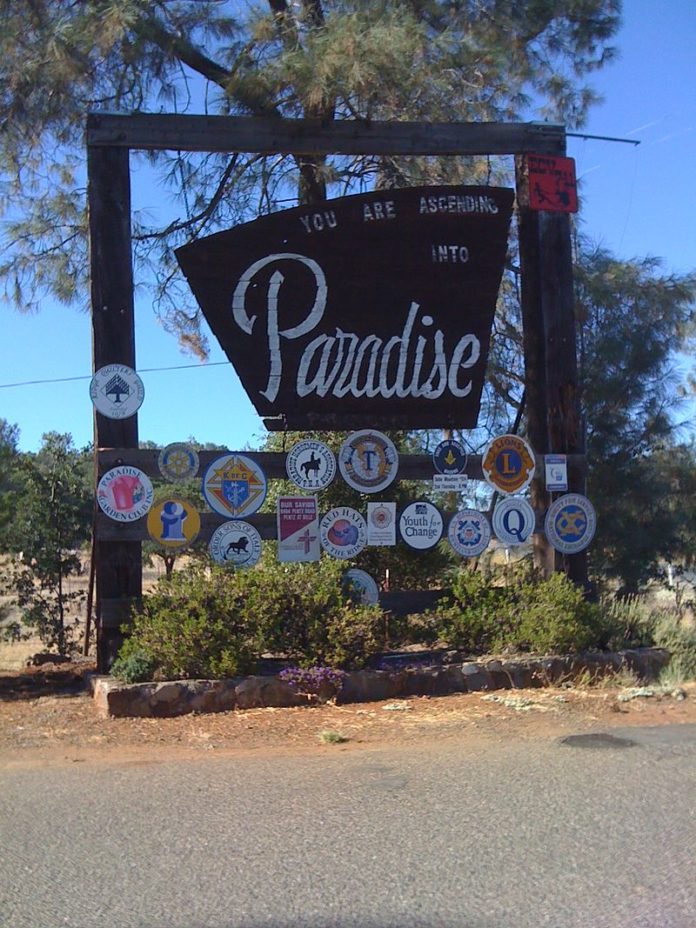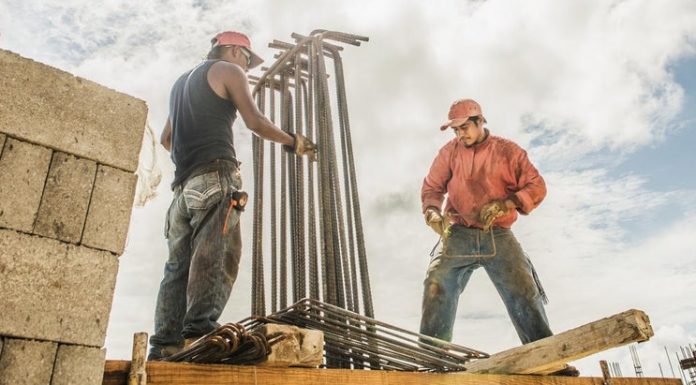Before all the blame starts around the California fires of 2018, let’s talk about the root cause first.
The California “Camp Fire” of November 2018 is now considered the deadliest wildfire in the history of the state with 44 fatalities attributed to the flash fire. The city of Paradise, incorporated in 1979 is all but destroyed. A great tragedy for the people who perished and for those who lost everything they owned. Previously a wildfire in 2008 came close to the city and resulted in mass evacuations but with no significant injuries. The reason this fire was so devastating was due to the speed at which the fire sparked and spread fueled by dead underbrush and strong winds. There was not sufficient time to warn and evacuate everyone in the town.
When I was studying in university, I took botany as a elective. One of the things I remember to this day is that there are different natural biomes that rely upon fires to naturally renew itself. The biome that California is located in is an open shrubland, which means it is dry through most of the year punctuated by rare periods of heavy rain. Plants within this environment are characterized by shrubs and grasses which grows quickly when it does rain with shallow roots and a shallow topsoil. A shallow topsoil means water and moisture is not retained very well. As vegetation dry up and die off during the dry periods, natural fires started by lightening or spontaneous combustion clear the ground clutter of built up fuel and allows for new shrubs and grasses to spring up to anew. Many animals have also developed specializations and become dependent upon this natural cycle of growth, fire, and renewal.
Picture: Open scrubland typical of California.

As in most cases, when people settled in California and start building towns and cities, they disrupt the natural cycle. Fire is seen as a threat to homes and infrastructure so fires are put out immediately. The land management programs centers around preventing fires but nothing is done to control the dead plant matter which builds up and becomes potential fuel. This underlying layer of fuel builds to a point that when fires do occur, they become even larger and more devastating than if they were left to regularly burn off on their own.
Man-Made Disasters
Along with natural wildfires, the open scrublands do not have deep aquifers of water and thus California siphons off water from as far away as the Colorado river several states away to provide water for its agriculture and population (much to the consternation of farmers in states along the river). California’s increasing population means more and more water is needed and the state is in a constant state of drought and enforced water restrictions. This drought is due to people, not because it is raining any more or any less. The shallow topsoil also means that California is prone to mudslides as entire hillsides slide away during the times it does rain. The irony is that mudslides have destroyed many expensive California homes built specifically on hillsides to take advantage of the views afforded by being in such an exposed and dangerous location.
For a state and culture that prides itself on their environmental awareness, there seems to be an eternal blindness to the fact that most of the state’s “natural disasters” are caused by their own development on an unstable biome, the open scurbland. Anytime there is any sort of disaster, there is immediate rush to blame everything else but their own actions.
Picture: Example of the fire and renewal cycle within nature



















Mexico, the country on California’s Southern Border, has a similar climate and the same brush-land.
But they don’t put any effort in putting out the fires. They just let them burn.
Which means they don’t have decades of built up dead fuel for a fire.
You don’t hear about fires south of the border even though they have much less in firefighting asbilities. No supertankers, etc
but of course Moonbeam (Gov Brown) blames “climate deniers” and of course, Trump